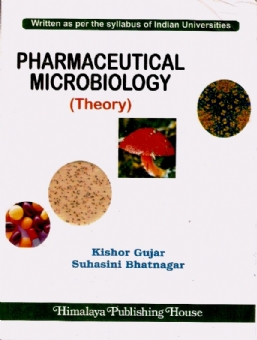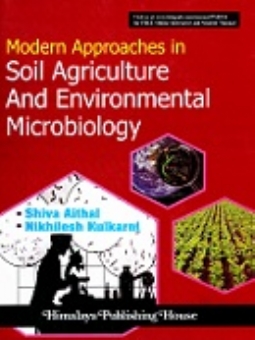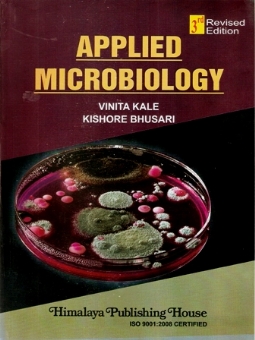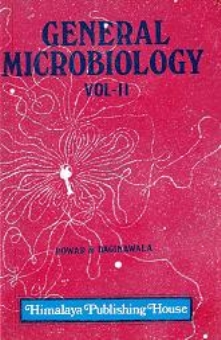It has been a decade marked by extensive discoveries and developments related to the science of microbiology. In fact, the total amount of information on this subject has doubled and possibly tripled during this relatively short time. Dealing with such an abundance of new information has, at times, been overwhelming. “But this degree of enrichment has only served to reinforce the far reaching importance of the subject matter.
Looking behind it was the first Nobel Prize for microbiology for llya llich metchnik off received the Nobel Prize in 1908 with Ehrlich, for demonstrating phagocytosis – the consumption of foreign particles and bacteria by the body’s own antibodies. And Louis Pasteur in18th century developed a method of immunizing against a disease (chicken cholera) using a weakened (attenuated) strain of the pathogen in 1880. The term virus(poison) was coined by Pasteur. Sergei Winogradsky, in 1890, isolated nitrifying bacteria in soil and described the organisms which are responsible for nitrification.
The chapters have been written in a style such that each chapter has everything whatever is needed to understand the concept. Certain concepts like D-value, Z-value or the aspects of sterilization methods may be repeating a number of times. But each chapter has all the information needed to understand the concept at the place. Once you have read the entire book in the form of a novel, we expect that the repeating concepts are clearer than earlier books.
We have in a this book tried to cover traditional and new developments including the changes in various pharmacopeias but the changes are always taking place and have just tried to give the concept so that the change can be appreciated even from other sources.
This book has been developed as part of a course that will prepare you for a career in the health or natural sciences. The information it contains is highly technical and lit provides a foundation for the practical hands on work and critical thinking that are an integral part of many science based professions. You will need to understand concepts such as cellstucture, physiology, disinfection, drug actions.
Contents-
1. Scope and Applications of Microbiology to Pharmacy
2. Classification and its Importance and Whittaker’s Five Kingdom Concept
3. Historical D







